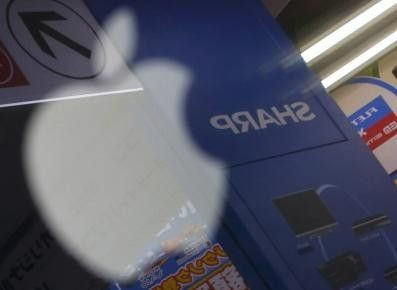Apple MacBook Rundown: Pros and Cons of the MacBook Pro Retina, Intel Core M and Reasons to Buy

Apple's 12-inch Retina MacBook introduced people to the Intel Core M processors. Consequently, Intel launched the processor series in 2014 to support tablets and light notebooks. This has caused a ruckus in the Apple community with some questioning the capabilities of the latest laptop. Looking at the pros and cons of an Intel M-powered MacBook should offer more insights on what people can expect - including whether or not it is worth the buck.
As for the basics, the Intel Core M has seven models with speeds ranging from 800 MHz to 1.2 GHz. All of the variations come with a dual core, 4MB cache. Likewise, they are all also paired with Intel's HD Graphics 5300. For its latest MacBook series, Apple chose to go with two of the fastest chips: the 1.1 and 1.2 GHz. There is also a promise of the 1.3 GHz upgrade coming soon but Intel and Apple have not updated their sites about it. So what are the pros:
- minimal power consumption at 4.5W
- small chip and die package (the whole logic board is only one third of the previous MacBook Air)
- less overheating tendencies because of less power
With every benefit, a series of disadvantages also surface. According to AppleInsider, some of the cons include:
- performance (the latest MaBook has lower clocked in rate than the present MacBook Air processor at 1.6 GHz dual-core Core i5)
- both stock MacBook CPUs offer turbo boost rates at 2.4 or 2.6 GHz but the present Air offers at least 2.7 GHz
Despite the obvious downsides of the 12-inch Retina MacBook Air, Cult of Mac argues that the device is only a prologue to what Apple intends to do in the future. It may not the most ideal flagship but it certainly gives a glimpse of the type of computers (possibly with more upgrades) will come. As the report says: "For the next few years, the MacBook Air will remain the best value for most Mac users, but don’t be surprised if the vision of the new MacBook completely replaces the MacBook Air line in the next two or three years."
To report problems or leave feedback on this article, email: p.silva@ibtimes.com.au.





















